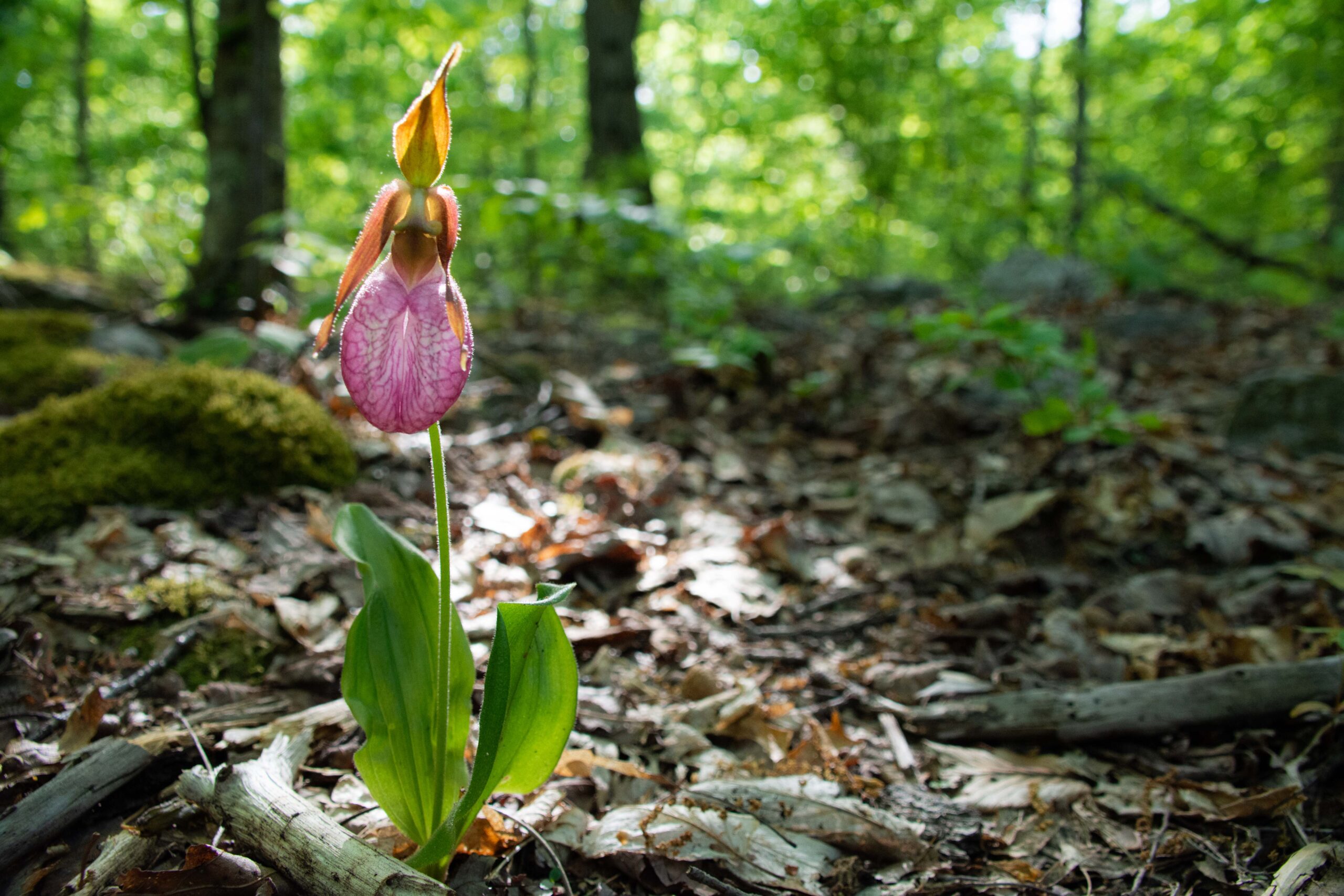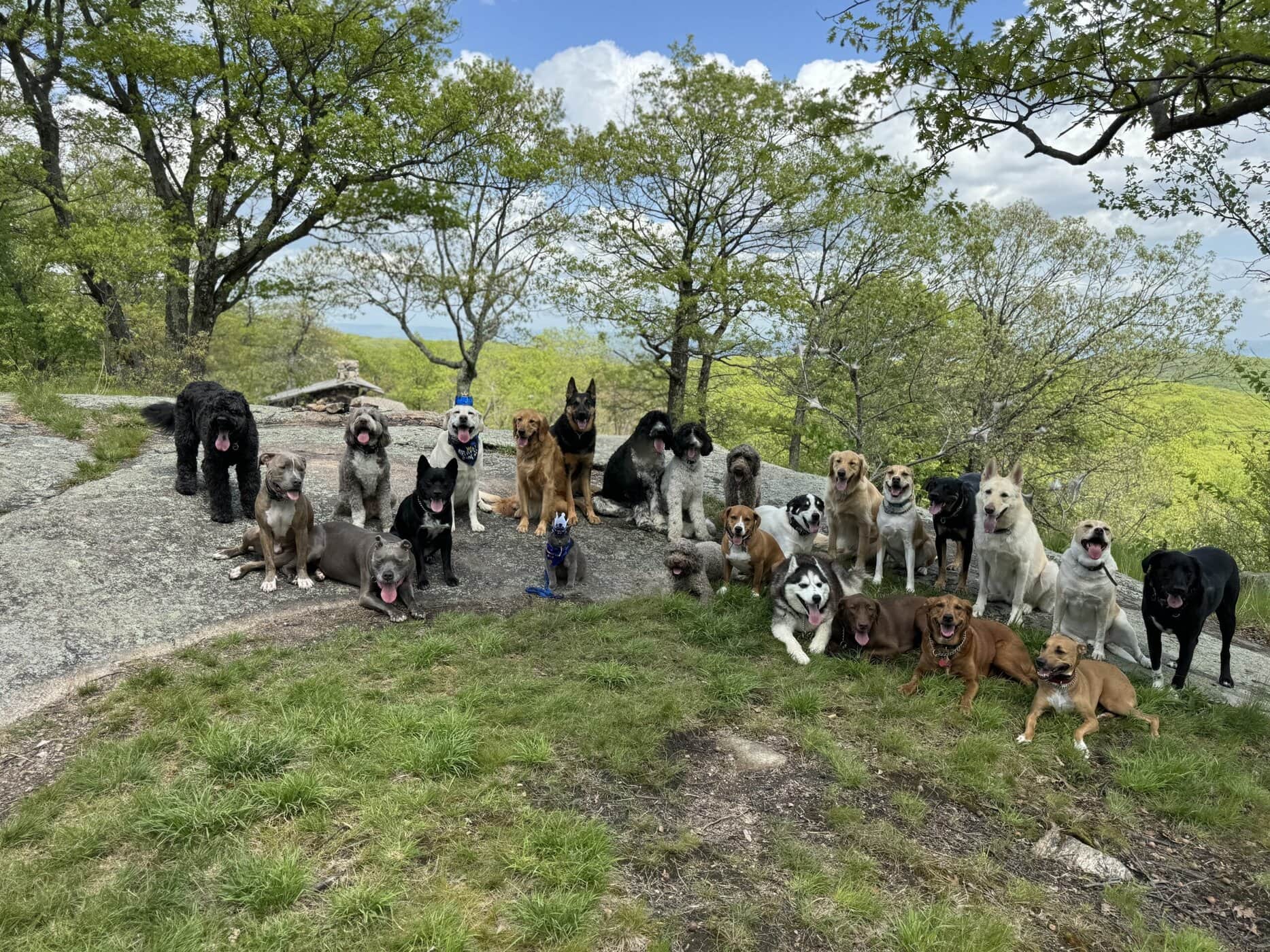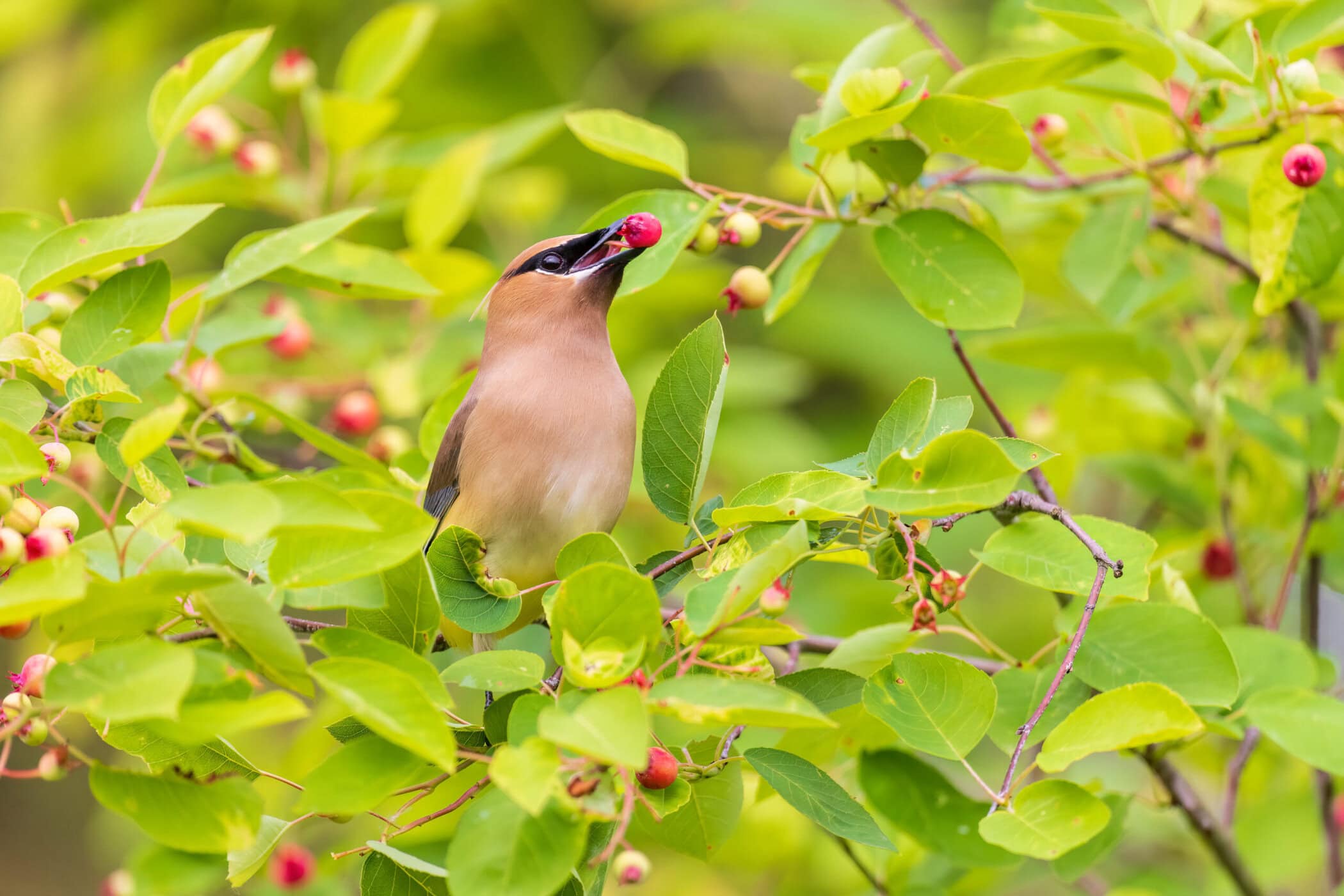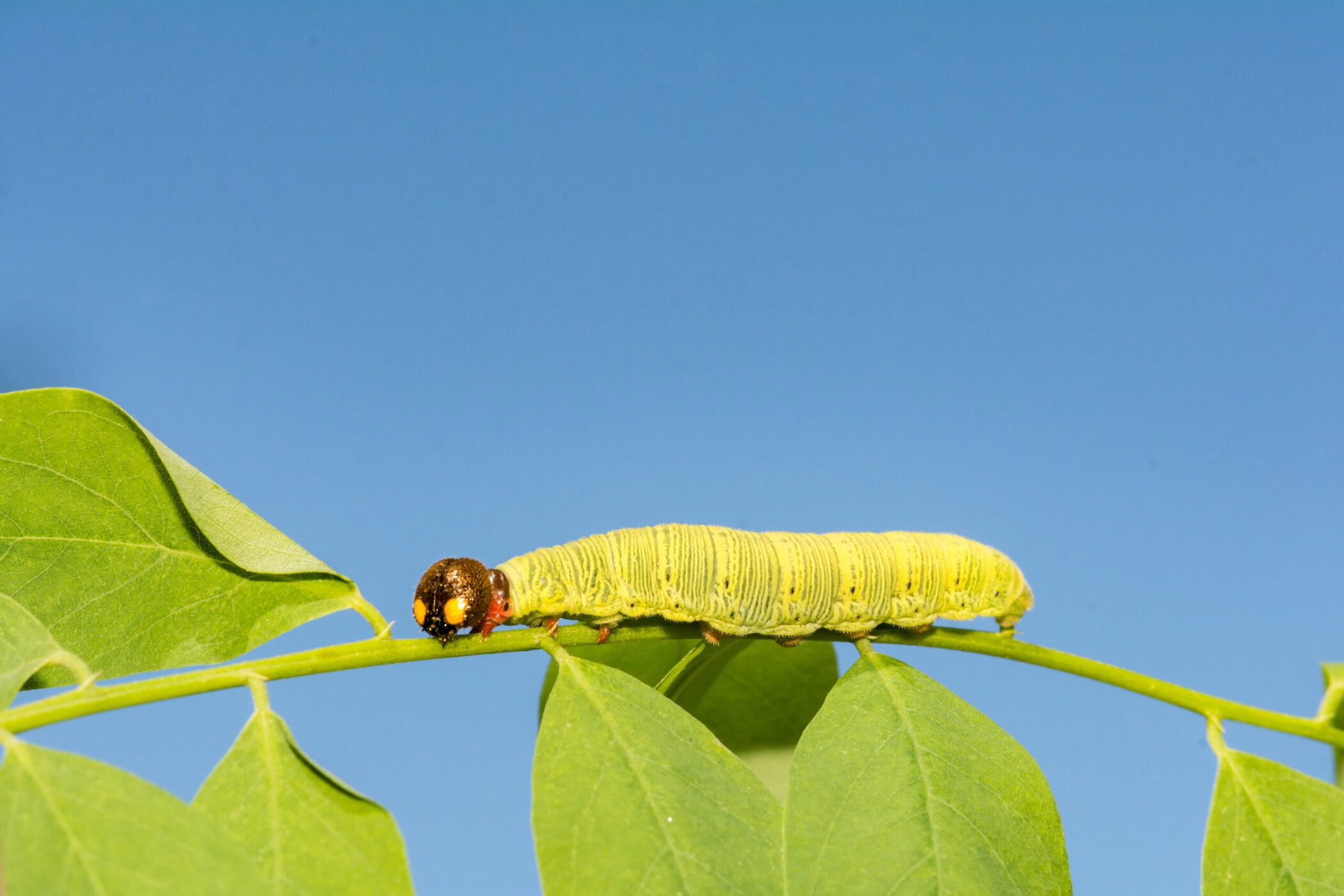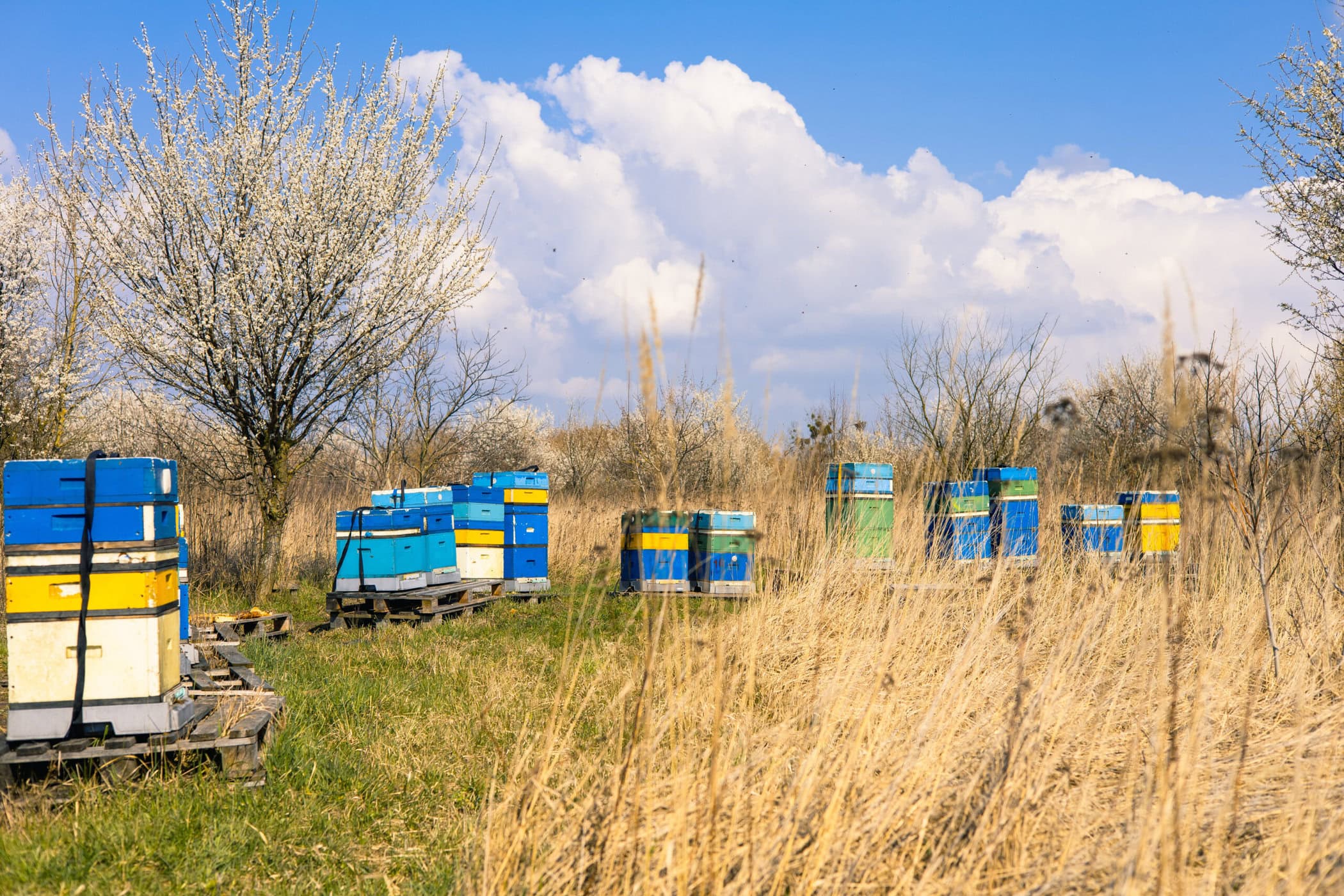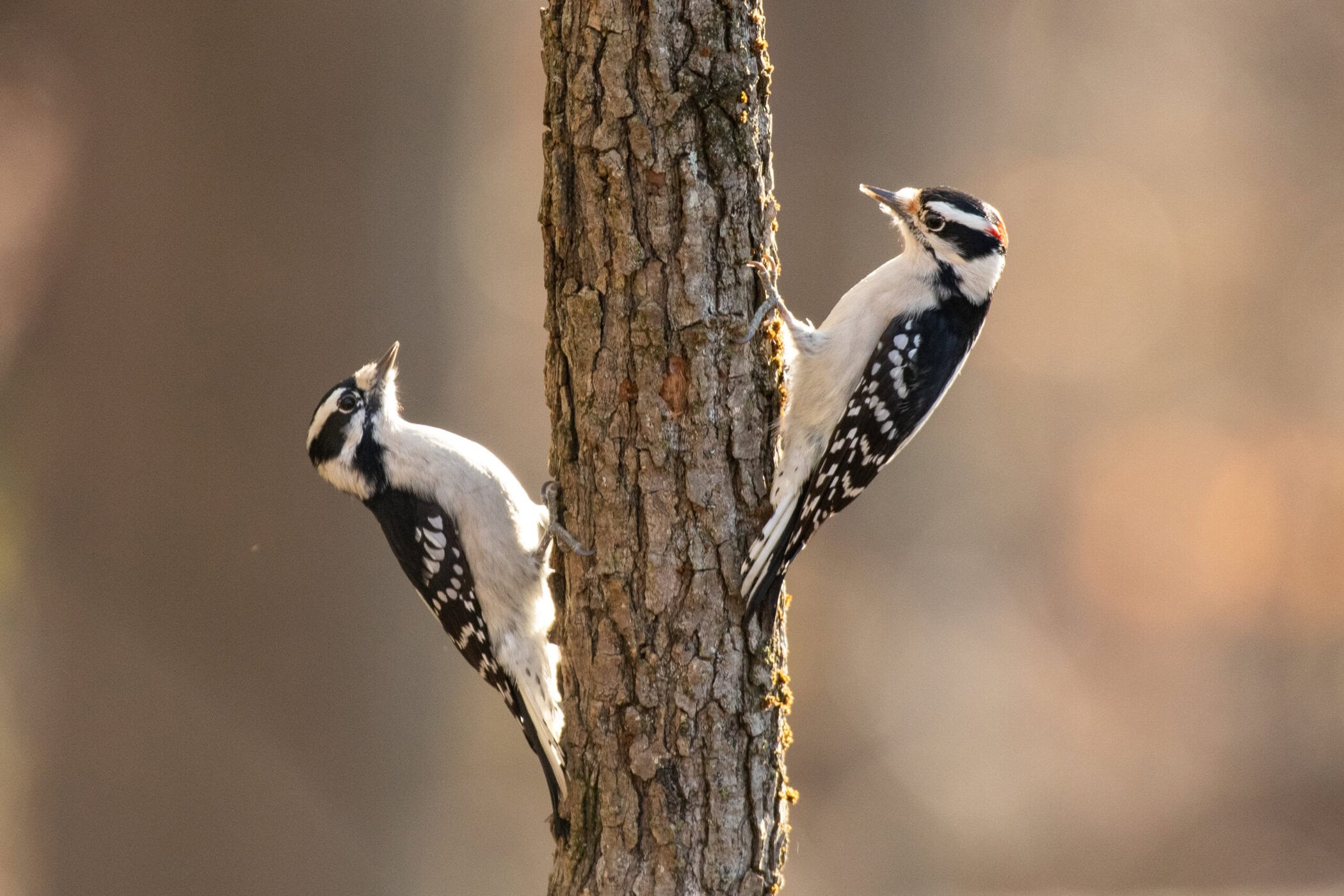“Fairies” no bigger than a human fingernail, frogs returning to life after a winter suspended in ice, salamanders assembling for an underwater congress. What might sound like a scene invented by Lewis Carroll or Hayao Miyazaki is really just a taste of what goes on in the precious, fleeting wetland pockets known as vernal pools.
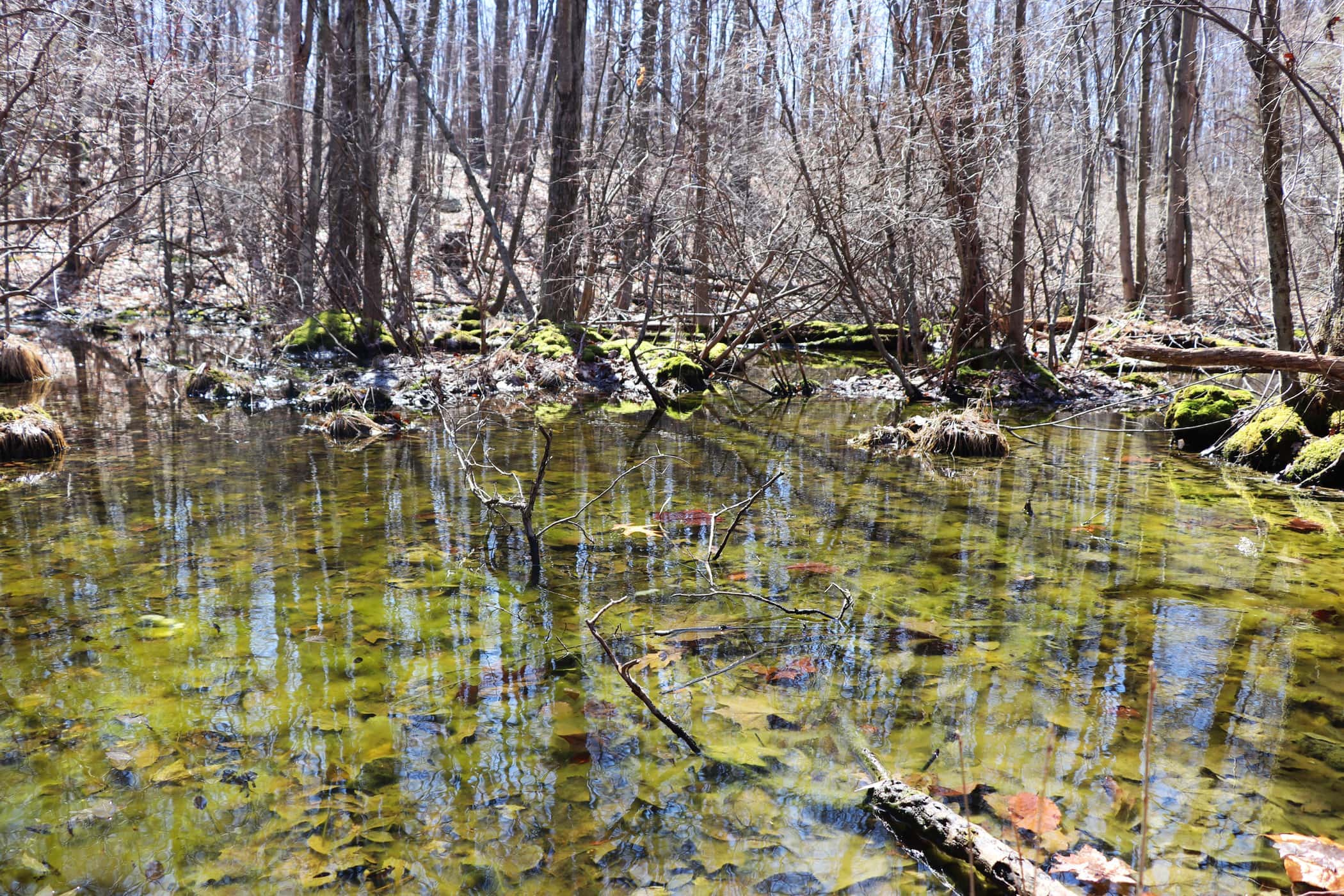
Vernal pools are shallow, temporary pseudo-ponds that form in depressions on the forest floor, typically reaching their deepest point during the spring. They undergo a yearly cycle of drying and refilling, forming in areas like the Northeast U.S. and the Midwest that have hot, dry summers and cool, wet winters. Areas like the Hudson Valley.
“The key is that they either intersect the groundwater table briefly during high water times in the spring, or they’re completely dependent on runoff from rain and snow,” vernal pools expert Dr. Aram Calhoun, professor emerita at the University of Maine, says. The latter type, she explains, are “the ones that we call ‘flashy,’ like after a big storm, they’ll fill up and then they dry down again.”
“It’s very complex,” Calhoun says.
“Vernal” is rooted in the Latin vernalis, or “of the spring.” Given the unique circumstances around their formation, vernal pools host equally unique lifeforms, some of which can only be found in these fragmented wetlands and others that rely on them for the continuation of their species. If you’ve ever helped ferry spotted salamanders across the road in the dead of night as winter bleeds into spring (and yes, this is a totally unique thing you can volunteer for!), you’ve seen that biological pull firsthand.
For spotted salamanders and, more broadly, mole salamanders of the genus Ambystoma, vernal pools are a foundational component of reproduction. Males head to these pools once the ground starts to thaw, followed closely by females. There, they swarm among themselves, males dropping packets of sperm cells, called spermatophores. Females scoop up the sperm packets, which fertilize eggs inside the female, and then the female deposits the fertilized eggs.
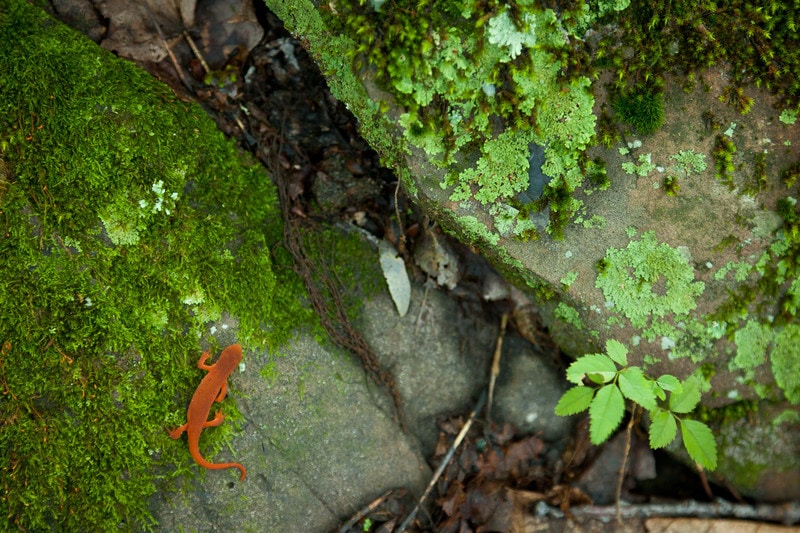
Vernal pools serve a similar function for the wood frog, a forest-dwelling amphibian known for its trademark “mask” facial markings and the ability to survive winter by quite literally freezing solid — no heartbeat, no brain activity, just pure “frogcicle,” as Mary Beth Kolozsvary of Siena College put it in a recent webinar hosted by the NYS Department of Environmental Conservation (DEC) — until it’s time to thaw out and head to the vernal pool to breed.
Some critters live out their entire lives in the short span of a vernal pool’s wet season. Fairy shrimp, a type of tiny crustacean found only in vernal pools, hatch when the pools fill with water around the onset of spring and survive only until temperatures reach about 50 degrees F. “You really only see them in the beginning of the season,” Kolozsvary said, adding that they can’t even disperse and travel to other pools on their own. Dispersal only happens when something else carries them there, like a strong wind or a larger animal traipsing through.
With no live-in predators like fish, vernal pools are relatively safe bubbles for these species in an otherwise dangerous world. While these species warrant protection, the impact of vernal pools goes far beyond what lives within their waters.
Vernal pools are sites of high chemical reaction rates due to their wet-dry cycle, according to Kolozsvary, making them “hotspots for microbial activity.” This activity “helps break down leaf litter, making it available for the base of the food web of the organisms that are occupying these pools. [These species], then, they’re moving these energy nutrients from that area out, surrounding and dispersing it through the forest.”
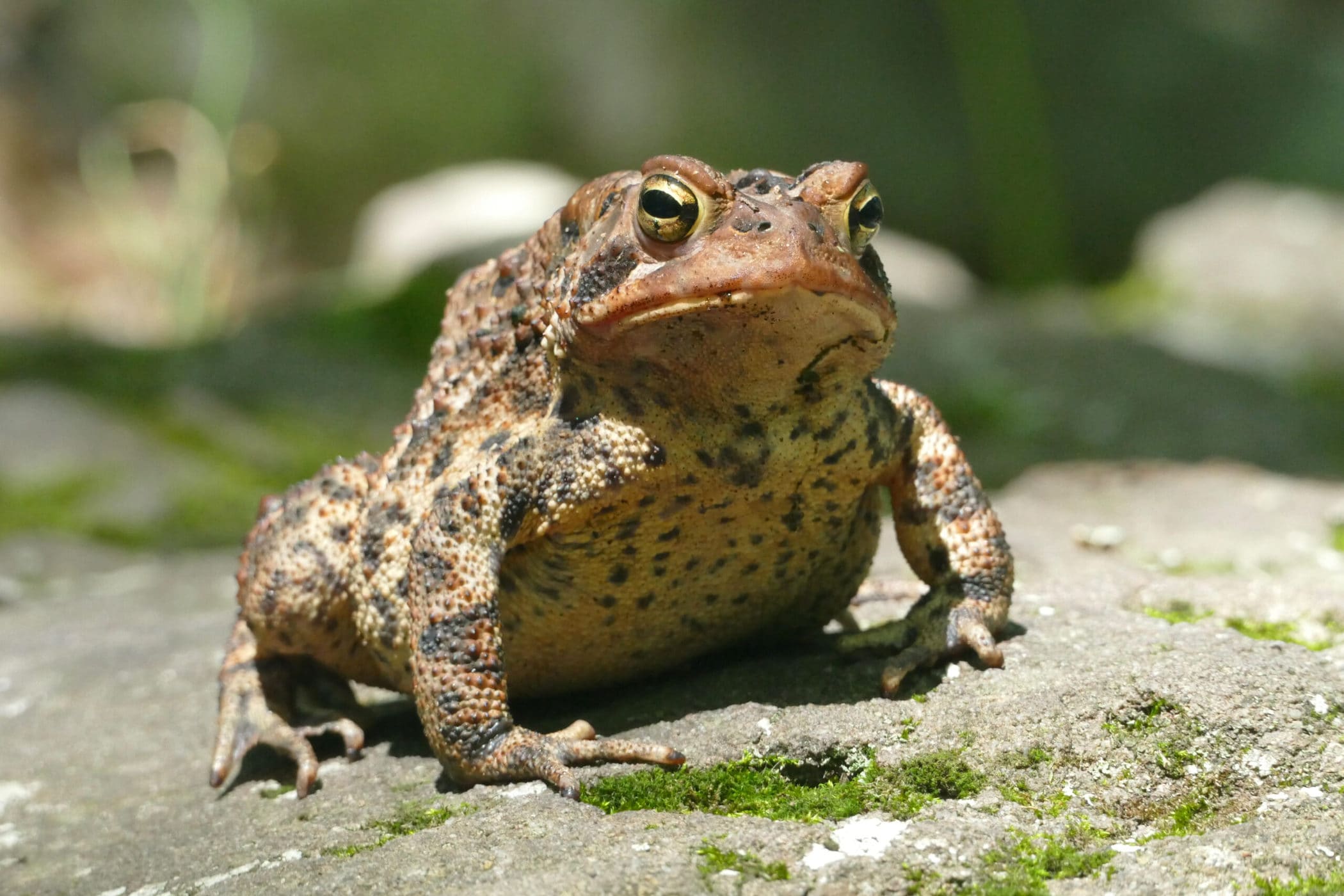
“These are really hotspots,” Kolozsvary noted in her presentation. “Biodiversity hotspots, biogeochemical hotspots, ecological hotspots in this forested matrix. So they’re really important.”
That’s a point everyone seems to agree on.
“These pools, these wetlands in a forest which provide moisture at the end of the summer when nothing else in the forest might be damp or wet, they provide a lot of support to other wildlife throughout the year,” Calhoun said.
In 2022, there are thousands of known vernal pools in New York State, many of them concentrated in the Hudson Valley, explained Dr. Matt Schlesinger, chief zoologist for the New York Natural Heritage Program, in a February webinar hosted by the DEC. Just how many there are, exactly, is hard to say, though researchers and citizen scientists have been busy in recent years surveying the land and tallying them up as they find them (the data set currently accounts for just under 4,000 pools).
There’s “tons of data in the Hudson Valley,” Schlesinger said, adding that assessing the biodiversity in these pools is often a case of simply counting egg masses. Schlesinger’s team, working with partners like the DEC, SUNY College of Environmental Science and Forest, the Hudson River Estuary Program, and numerous others, has been building up a database that it hopes can be used to inform better regulation around vernal pools.
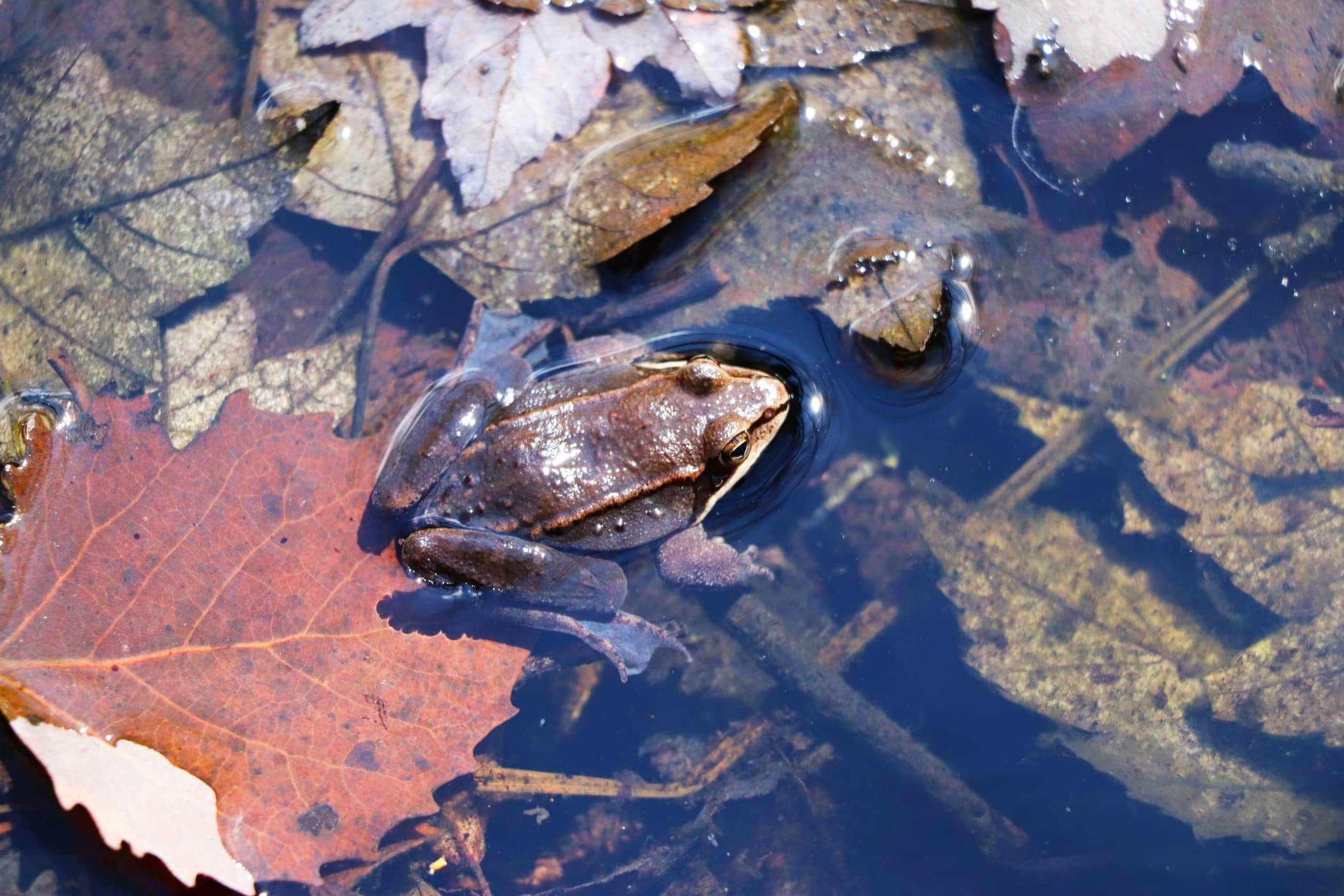
Unlike larger wetland systems, which have begun to see more attention from regulators in the larger conservation conversation, official protection for vernal pools is still severely lacking. People often don’t even know they’re there, and their pock-marked distribution as opposed to a single, unified one makes them more difficult to keep up with from a regulatory perspective. In New York, only wetlands larger than 12.4 acres are regulated. As Schlesinger puts it: “It’s really hard to get people to care about puddles.”
So the threats to these ecosystems keep piling on. Human activity and climate change are seemingly in constant competition to be the more destructive force. Lawn chemicals, digging and development, even outdoor cats can be the downfall of a vernal pool system, Calhoun says, as can rising temperatures and changing precipitation patterns.
It’s not hopeless, though. Both local and state governments have roles to play. As they upgrade existing roads and build new ones, officials should be designing them with wildlife crossings and climate change in mind. They should make sure that culverts and bridges are “right-sized” to provide animals safe passage beneath roads, and to keep from flooding or washing out during increasingly common extreme rain events. Engaged residents can help encourage New York State’s Department of Transportation and local highway departments to incorporate this into their planning.
Also on the individual level, while instructions exist on how to establish a vernal pool on a resident’s own land, Calhoun cautions against this as a solution. Creating new, artificially-made vernal pools remains a tricky and unproven science — and likely a misuse of resources that could be used to save existing, threatened vernal pools. Learning about the issues and using that knowledge to coax commitment to conservation among land trusts and landowners will go a longer way, she says. That and chipping in for amphibian crossings when their “Big Night” to migrate comes, of course. Thankfully, resources on the subject abound.
Calhoun and crew, backed by the University of Maine and other institutions, maintain an educational website called Of Pools and People that contains all a person needs get involved with the effort to protect vernal pools. The New York Heritage Program, too, has information to get started with what’s known and what areas still need to be addressed, along with how, when, and where to see vernal pools at their peak.


